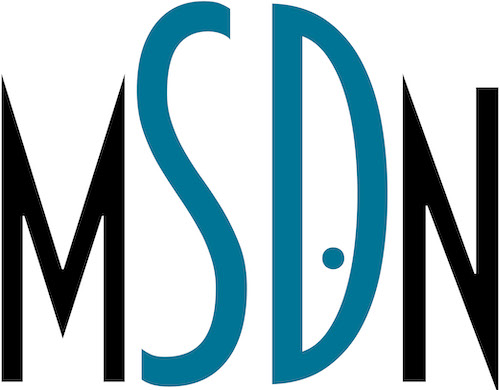Joy is found in many places. Making a child smile, cleaning a home, and guessing the Wordle word on the third try all make my day a bit brighter. For many, the sense of satisfaction and joy that follows having a lush green lawn is one of nature’s great pleasures. Achieving a healthy lawn is certainly not easy and can require almost year-round care. Today’s column will address items that can and should be done now to minimize problems in your yard and maximize your chance of success at achieving a picture-perfect lawn this year.
Inevitably, branches and leaves will need to be removed from lawns before lawn care chores can be started. Collecting the natural debris through raking or blowing is generally the most efficient way of removal. Depending on where you live, composting may be an option when disposing of leaf debris. Snow melting often reveals paper and plastic debris that has found its way into our yards over the past five months. Timely removal before the lawn starts to grow will minimize the harmful effects.
Over time, a layer of dead blades of grass can accumulate close to the soil surface. This is called thatch. A thatch layer of over one inch can impede water and fertilization of your lawn. Dethatching through the use of a manual or power rake improves air stimulation and encourages root growth. Caution should be used when determining the timing of dethatching making sure that the soil is not too wet so that you don’t severely damage the root system.
Spring is a great time to add seed to your lawn. Patch seeding can be used to help fill in any small bare areas. Over seeding can help thicken a lawn. This process involves lightly raking the area to loosen the soil and spreading the seed. Depending on the situation you may want to spread a very thin layer of top soil. Regular watering of new seed is critical to its success.
As grass exits dormancy, it begins a natural growth cycle. Fertilizing lawn in the spring allows it have a strong root system established prior to the heat of the summer. Both organic and non organic options are available. Please make sure to pay particular attention to the suggested application directions. Grass and surrounding plants can be damaged through inaccurate application of plant care products.
Pink and Grey Snow Mold are two diseases that are present in our area this time of year. Sometimes the warm weather and sunny skies will help to dry out the area and the diseases will go away on their own. Depending on the level of damage, you may want to rake and spread seed in the area. Some diseases, such as Dollar Spot, are best treated using a fungicide.
A thick, lush lawn is the best weapon in your arsenal when it comes to minimizing the number of weeds in your lawn. Raising the cutting deck on your lawn mower will also help to reduce the amount of weeds. Weed seeds require sunlight and slightly longer grass blades help to shade out weed seeds. This prevents them from germinating. Some weeds are best removed through mechanical methods, i.e. digging them out by hand. If herbicides are required to help control the weeds growing in your lawn, consider researching natural as well as chemical methods. Pre-emergent and post emergent herbicides are available.
Spading the edges of your landscaping beds is the most physically demanding spring gardening chore. This involves methodically removing a very small portion of grass at the front of the landscaping beds. This is the area where the mulched area meets the lawn. The advantages of spading (edging) include minimizing the amount of grass that migrates into your planting bed, controlling erosion, ease of mowing, and creating a neater appearance. The disadvantage is that your landscaping beds are enlarged every time this is done. This can be mitigated by spreading a few rolls of sod if your planting beds are getting too large. Using a sharp, heavy duty gardening spade will make this chore a bit easier.
Moles are ground dwelling carnivores that spend the winter creating tunnels just under the surface of the lawn. The damage is in the form of trails of dead grass. Depending on the extent of the damage and where you live, you may want to purchase mole repellent products or traps. Usually the ‘runways’ of dead grass will gradually become less noticeable as the surrounding healthy grass fills in the area.
Grubs are the most common insect that detrimentally effects our lawns. Grubs are ¾’ long, white, and C-shaped. It is important to confirm that you have grubs before applying any treatment. The best way to do this is by digging down about 2” and removing an area of lawn that is about 12” by 12”. If you see more than 10 grubs, you have a substantial grub problem. As with lawn weeds and insects, there are both natural and chemical methods that affectively rid lawns of grubs. Heterorhabditis bacteriophora nematodes act as a natural control for grubs. Chlorantraniliprole trichlorfon is a chemical insecticide that kills grubs.
Kathleen Carr is the owner of The Growing Scene, Inc., a garden center and landscaping company. She can be reached by calling 815-923-7322 or emailing her at Kathleen@thegrowingscene.com. Have a gardening question? Please contact her. She may address it in an upcoming column.




